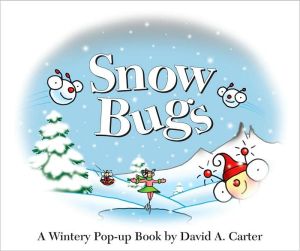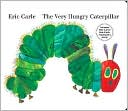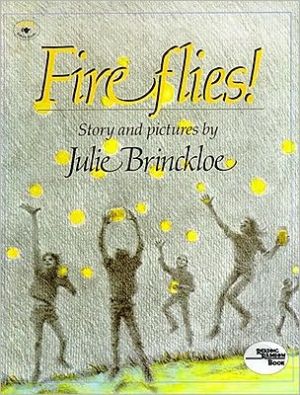The Buzz On Bees: Why Are They Disappearing?
Why are bees disappearing—and how does something as small as a honeybee affect our food supply?\ \ Bees are disappearing at an alarming rate. We use honeybees to pollinate nearly all of our domestic fruits, nuts, vegetables, cotton, and grains. This book looks at possible explanations for bees' disappearance, what scientists are doing to address the problem, and also what young readers can do. Bibliography and fascinating facts included.
Search in google:
Why are bees disappearing—and how does something as small as a honeybee affect our food supply? Bees are disappearing at an alarming rate. We use honeybees to pollinate nearly all of our domestic fruits, nuts, vegetables, cotton, and grains. This book looks at possible explanations for bees' disappearance, what scientists are doing to address the problem, and also what young readers can do. Bibliography and fascinating facts included.School Library JournalGr 2–4—Excellent color photos provide an eye-catching backdrop for a simple, readable text that explains the importance of bees as pollinators and the current mystery of CCD (Colony Collapse Disorder) as hundreds of thousands of bees vanish without a trace. Children may be surprised to find that almonds are dependent upon bees for pollination, as are cotton plants and apple trees. (The actual fertilization process is not explained.) Rotner and Woodhull offer a look at a variety of bees and other pollinators and a sample of the many products dependent on their efforts. They speculate on current theories as to the cause of CCD and present actions people can take to "Bee Active!" Good online resources and a page of additional data on bees are appended. A far cry from all the "killer bee" hoopla, this title is eye-catching and informative.—Patricia Manning, formerly at Eastchester Public Library, NY
\ Children's Literature\ - Sharon Oliver\ As scientists still struggle to answer questions about the disappearing bees, this book provides both an excellent source of information and a collection of truly stunning photographs. Beginning in 2006 when the nation's beekeepers first noticed the disappearing bees, the authors explore why bees are so important to our ecosystem and the possible causes of the population decline. Bees are responsible for pollinating a wide variety of food crops in the United States as well as producing honey. A few of the more than four thousand species of bees are described along with the practice of traveling beehives that keepers move from farm to farm to pollinate crops. Several potential factors for the bee disappearance, which scientists have named Colony Collapse Disorder or CCD, are discussed and a short section provides suggestions on what the reader can do to help the bees. Every page of this book contains photographs that greatly enhance the text and can be appreciated independently. Appended are a list of websites for further research and a "Did you know?" page of random bee facts. This book is useful both as informational reading and for the nonfiction pleasure reader. An excellent choice for all collections. Reviewer: Sharon Oliver\ \ \ \ \ School Library JournalGr 2–4—Excellent color photos provide an eye-catching backdrop for a simple, readable text that explains the importance of bees as pollinators and the current mystery of CCD (Colony Collapse Disorder) as hundreds of thousands of bees vanish without a trace. Children may be surprised to find that almonds are dependent upon bees for pollination, as are cotton plants and apple trees. (The actual fertilization process is not explained.) Rotner and Woodhull offer a look at a variety of bees and other pollinators and a sample of the many products dependent on their efforts. They speculate on current theories as to the cause of CCD and present actions people can take to "Bee Active!" Good online resources and a page of additional data on bees are appended. A far cry from all the "killer bee" hoopla, this title is eye-catching and informative.—Patricia Manning, formerly at Eastchester Public Library, NY\ \ \ Kirkus ReviewsThis photo-essay describes the decline of honeybees since 2004, their importance in pollination and the work of beekeepers, sending a chilling message to the very young. Rotner's photographs are bright and beautiful: happy children, glorious flowers and luscious fruits. The accompanying text, written in simple sentences, has little narrative flow. It opens with a beekeeper's discovery of empty hives, goes on to describe the role of pollinators, introduces beekeepers and then returns to label Colony Collapse Disorder on a double-page spread contrasting a full hive with an empty one. A list of questions about the decline of honeybees suggests causes; unidentified scientists are shown working on the problem. On a second spread of empty cells the author asks the bigger question, "How healthy is our earth?" following with pages of suggestions for action, websites for follow up and fast facts. The book concludes with profiles of the individuals who served as sources. Older readers will be well served with Loree Griffin Burns and Ellen Harasimowicz's The Hive Detectives (2010); this is less successful at meeting its audience's needs. (Informational picture book. 5-8)\ \








